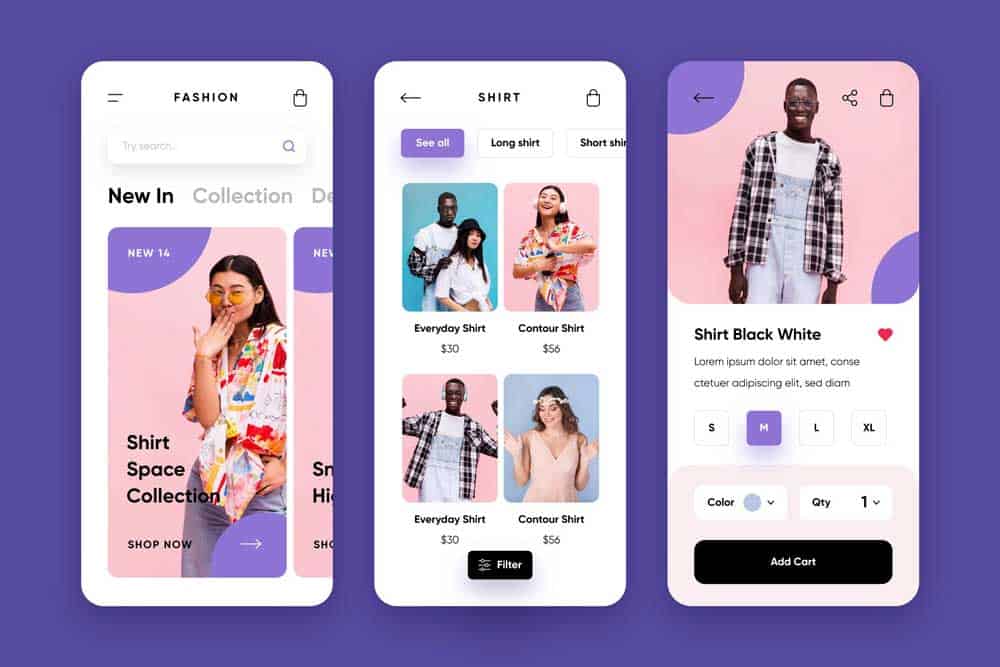CG Insights
Explore the latest trends and insights in technology and culture.
Ditch the Desktop: Embracing Mobile First
Discover why going mobile-first is the future! Ditch the desktop and unlock productivity on the go with our expert tips and insights.
Why Mobile First? The Benefits of Prioritizing Mobile Design
In today's digital landscape, mobile first design has emerged as a crucial strategy for businesses and website owners alike. With over half of all web traffic generated from mobile devices, prioritizing mobile design ensures that your content reaches the widest audience possible. By adopting a mobile first approach, you focus on creating a seamless user experience, which ultimately leads to improved engagement and satisfaction. This strategy not only enhances usability but also boosts your site's organic ranking on search engines, as performance on mobile is becoming a significant ranking factor.
Furthermore, the benefits of prioritizing mobile design extend beyond just access and usability. When websites are optimized for mobile, they tend to load faster, provide better navigation, and reduce bounce rates. These improvements contribute to higher conversion rates as users are more likely to complete desired actions when their experience is smooth and efficient. In a competitive market where attention spans are short, embracing a mobile first mindset can give you a significant edge, allowing you to tailor your content and outreach strategies to an ever-growing mobile audience.

Top 5 Strategies for Transitioning to a Mobile First Approach
As more users access the internet via their mobile devices, transitioning to a mobile first approach has become imperative for businesses. The first strategy is to prioritize responsive design. This means creating a website layout that adapts seamlessly to various screen sizes, ensuring that all users have an optimal viewing experience. Implementing a responsive framework not only enhances user experience but also improves your site’s SEO, as search engines favor mobile-friendly sites when ranking.
The second strategy involves optimizing content for mobile consumption. This can be achieved by using shorter paragraphs, larger fonts, and bullet points to make content easier to scan. Furthermore, it’s crucial to compress images and leverage mobile-specific formats to enhance load speeds. By focusing on these elements, you can effectively improve engagement rates and reduce bounce rates, which is essential for maintaining a strong online presence.
Is Your Website Ready for a Mobile First World? Key Factors to Consider
As we move deeper into the digital age, it's crucial to ask yourself: Is your website ready for a mobile-first world? With more than half of all web traffic coming from mobile devices, optimizing your site for mobile users has shifted from being a luxury to a necessity. To ensure your website meets the demands of a mobile-centric audience, you should consider several key factors. First, assess the responsiveness of your design; a responsive website adapts seamlessly to different screen sizes and devices. Additionally, prioritize fast loading times, as slow websites can lead to high bounce rates, with users uninterested in waiting for content to load.
Another important aspect to consider is the user experience (UX) on mobile devices. Ensure that your site navigation is simple and intuitive, allowing users to find what they need without unnecessary clicks. A mobile-friendly website should also feature readable fonts and adequately sized buttons to promote easy tapping. Lastly, it's wise to implement structured data and local SEO practices to enhance your visibility in search engine results on mobile. By paying attention to these factors, you can enhance your website's performance and make it ready for today's mobile-first world - giving users an optimal browsing experience that keeps them coming back.